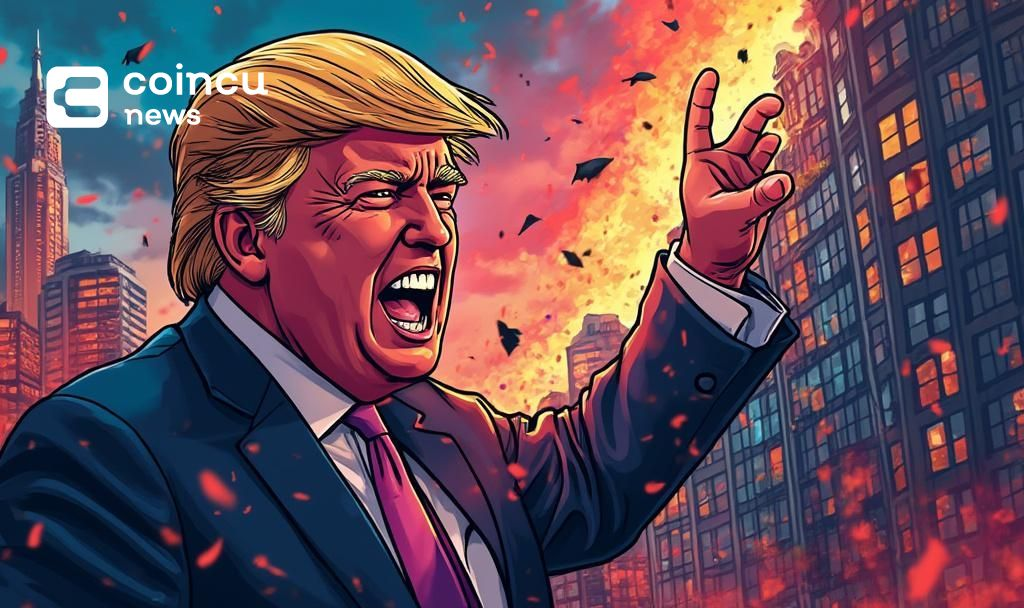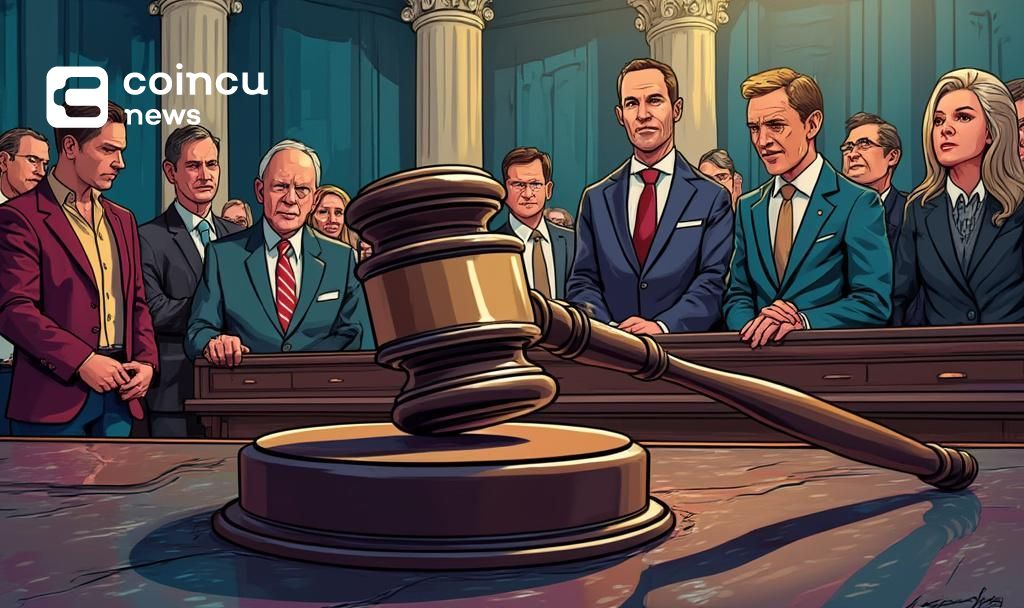$107528.717
At CoinCu News, we give both basic and in-depth articles on the latest news in the cryptocurrency and blockchain sectors.
Mayowa is a seasoned freelance writer specializing in creating compelling, high-converting content across diverse industries.
With extensive experience working with major news outlets, personal blogs, and private clients, he brings a deep understanding of audience engagement and storytelling. His expertise spans SEO optimization, persuasive copywriting, and niche versatility, ensuring content that resonates and delivers results.
Armed with a strong command of the English language and a keen eye for detail, he crafts content that is both impactful and strategically tailored to meet client goals.
News
David Bailey Plans $100 Million Bitcoin PAC Initiative
Bitcoin Magazine CEO David Bailey eyes $100M PAC to support Bitcoin-friendly policies against tax amendments.
Jun
Texas Legalizes Gold and Silver as Daily Tender
Texas Governor Abbott legalizes gold and silver for everyday transactions, impacting financial landscape.
Jun
Trump Advocates for Interest Rate Reduction to 1% or 2%
President Trump advocates for 1% or 2% interest rates to boost economic flexibility, influencing broad
Jun
Vietnam Plans Centralized Crypto Exchange, Techcom Securities to Lead
Vietnam aims to launch regulated crypto exchange; Techcom Securities leads token pilot project.
Jun
Stablecoin Issuance Surpasses Visa’s Transaction Volume in Record Time
Stablecoins exceed Visa’s transaction volumes in five years, reshaping global financial systems with $235 billion
Jun
Trump Family’s WLFI Stablecoin USD1 Hits $1.25 Billion Trading Milestone
Trump family's WLFI stablecoin USD1 reaches $1.25 billion in trading volume, demonstrating significant market impact.
Jun
U.S. Senate to Vote on ‘GIG Act’ Amid Crypto Regulatory Debate
U.S. Senate set to vote on the 'GIG Act' at 9 a.m. local time, influencing
Jun
Canada Withdraws Digital Tax to Revive U.S. Trade Negotiations
Canada halts digital service tax amid trade talks with the U.S., eyeing an agreement by
Jun
Bitcoin Magazine Eyes $100 Million for Political Advocacy
Bitcoin Magazine aims to raise $100 million for a PAC similar organization to promote Bitcoin-related
Jun
[tptn_list how_old="7" limit="5" title_length="0" heading="0" show_date="0" ]
[tptn_list how_old="30" limit="5" title_length="0" heading="0" show_date="0" ]






















